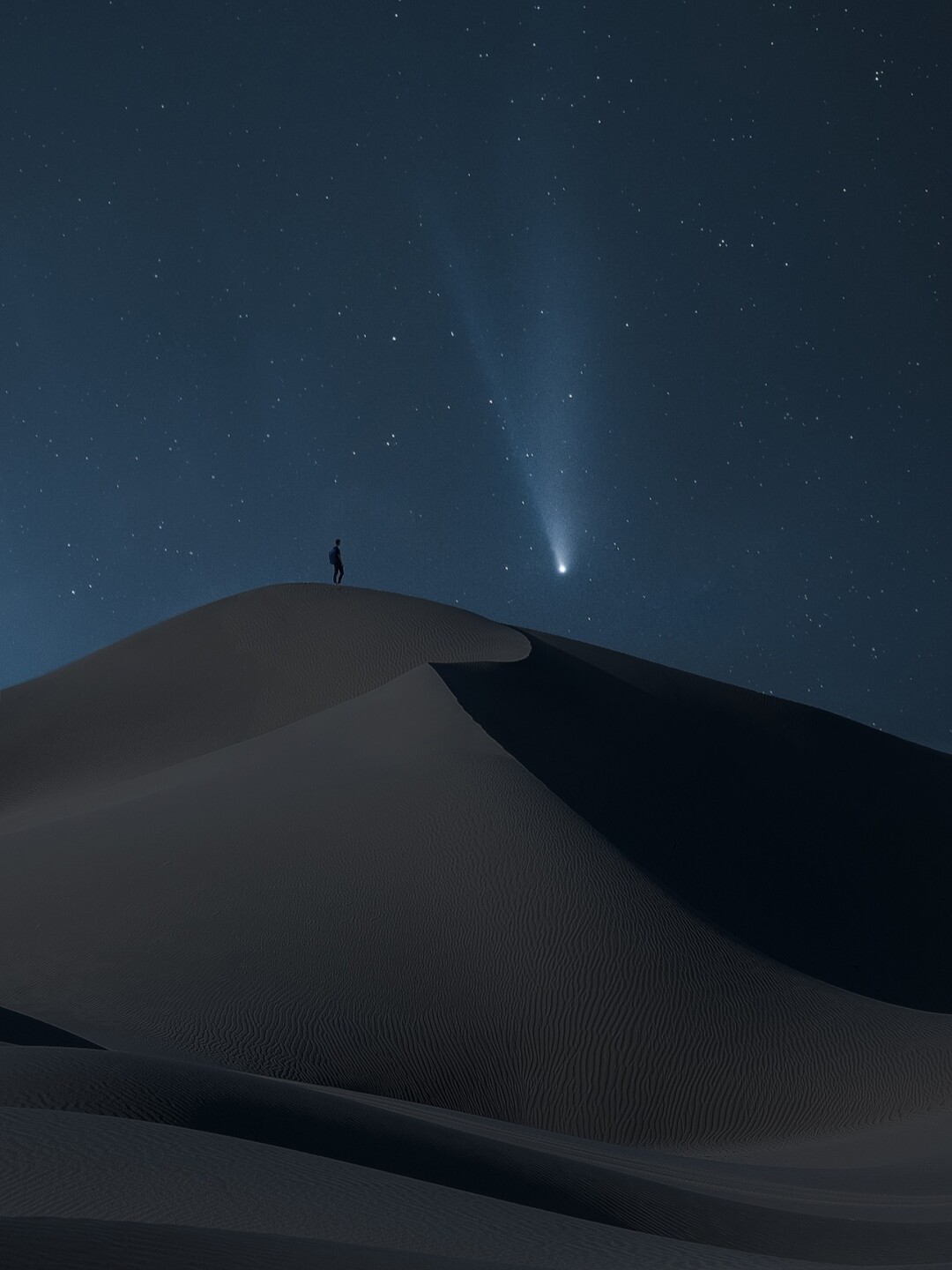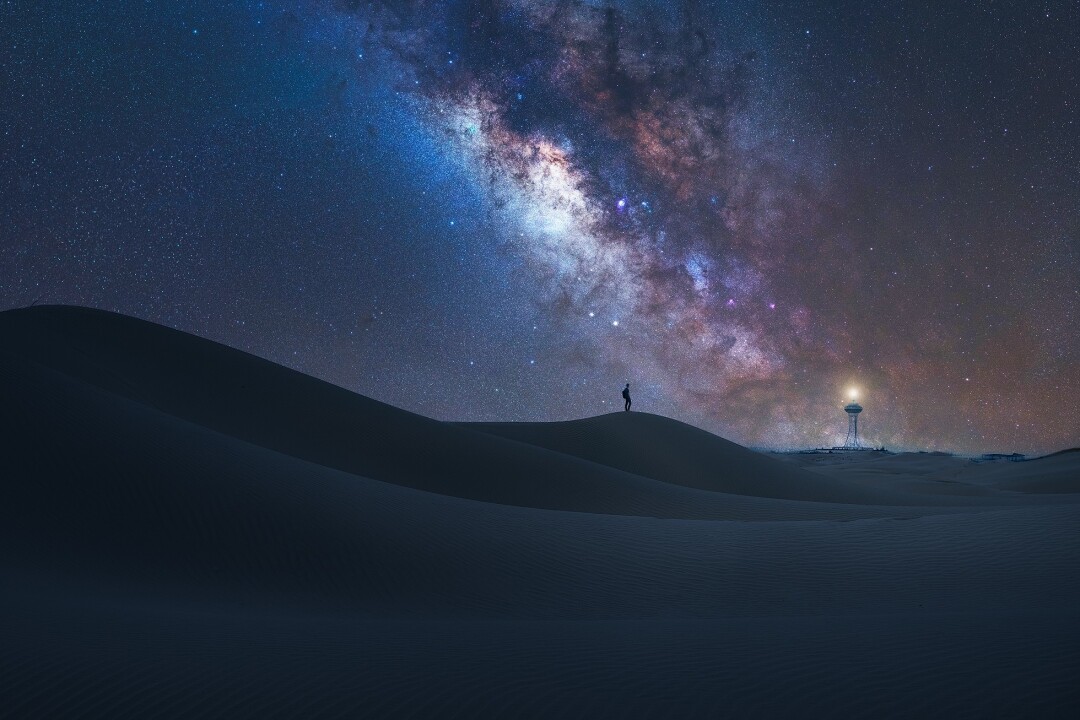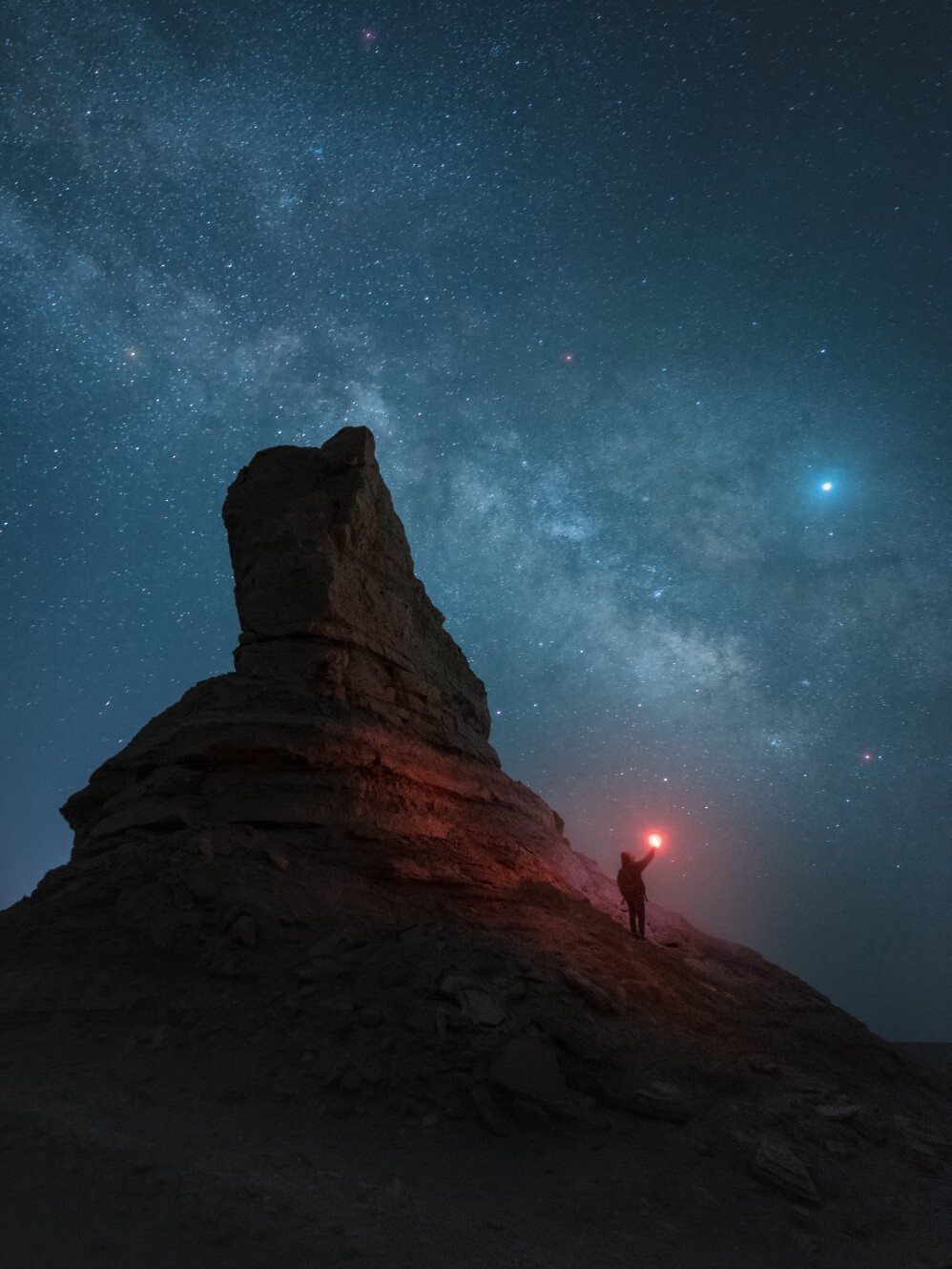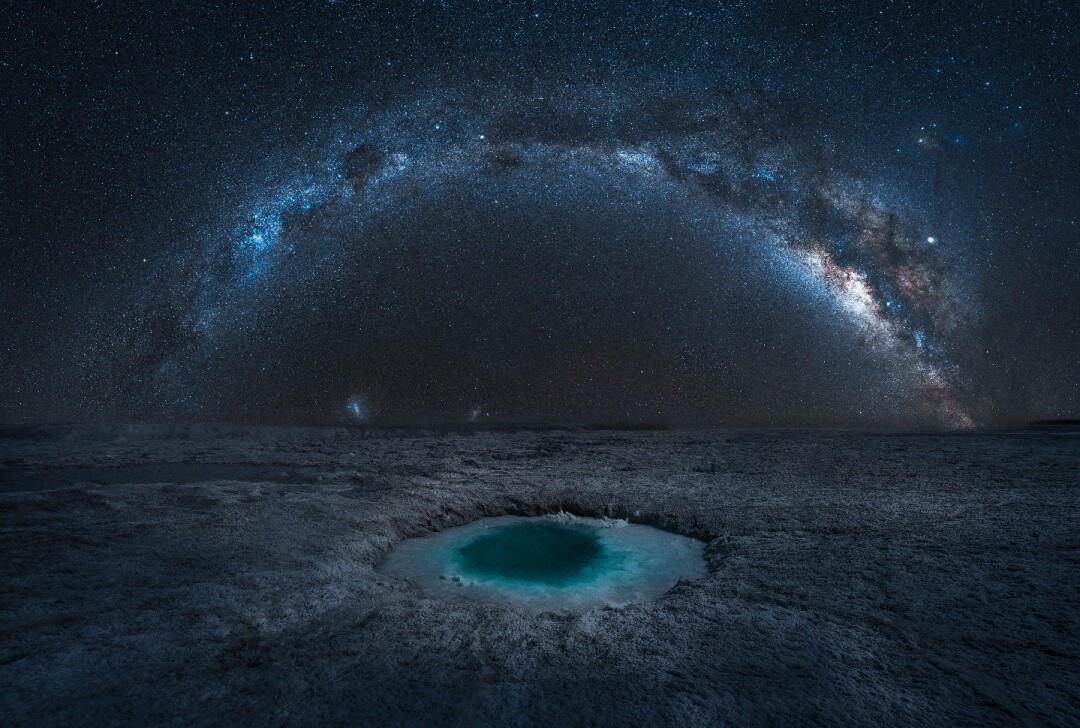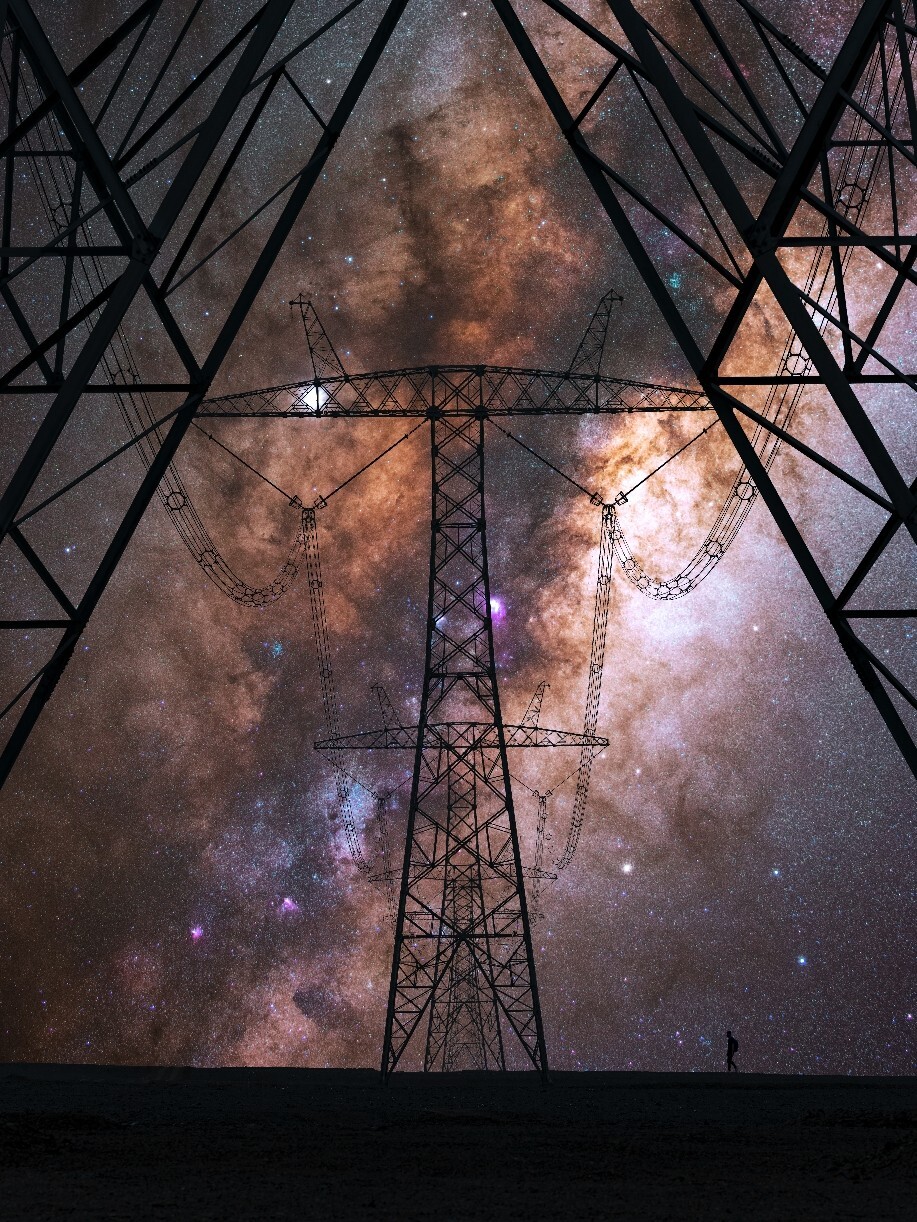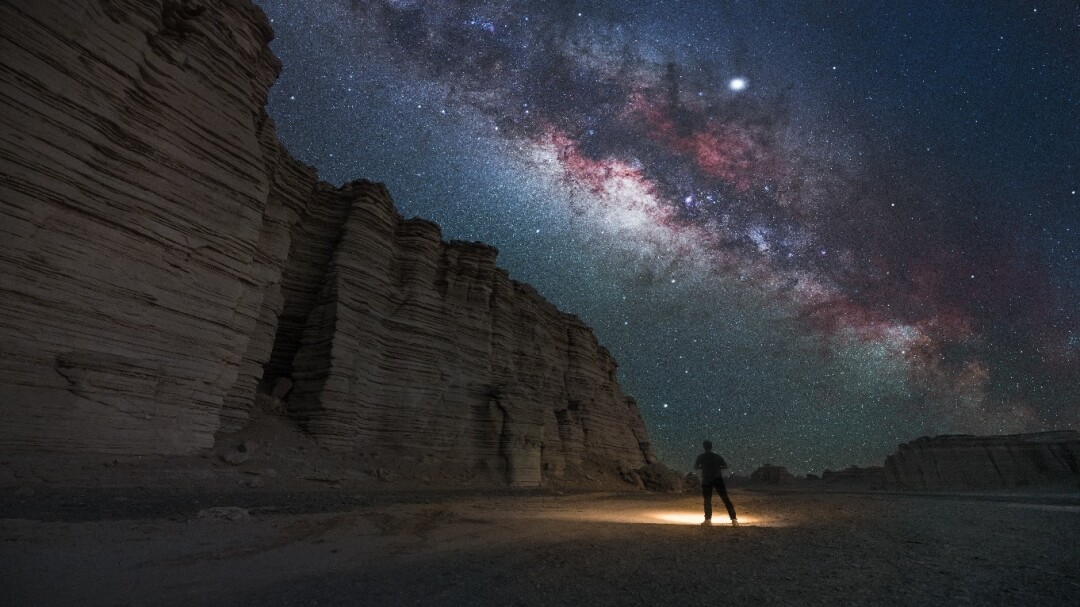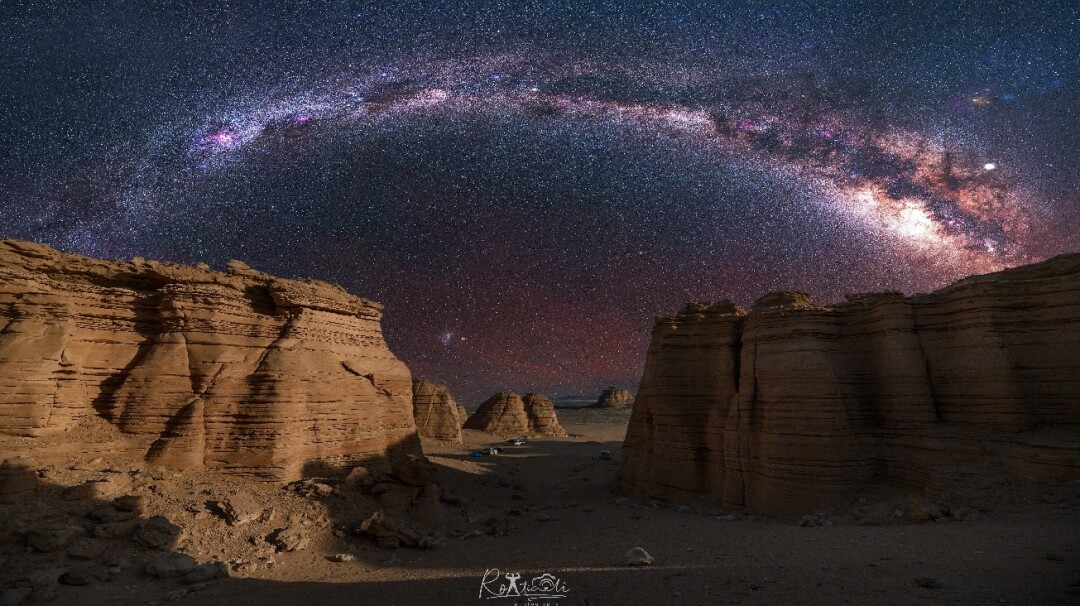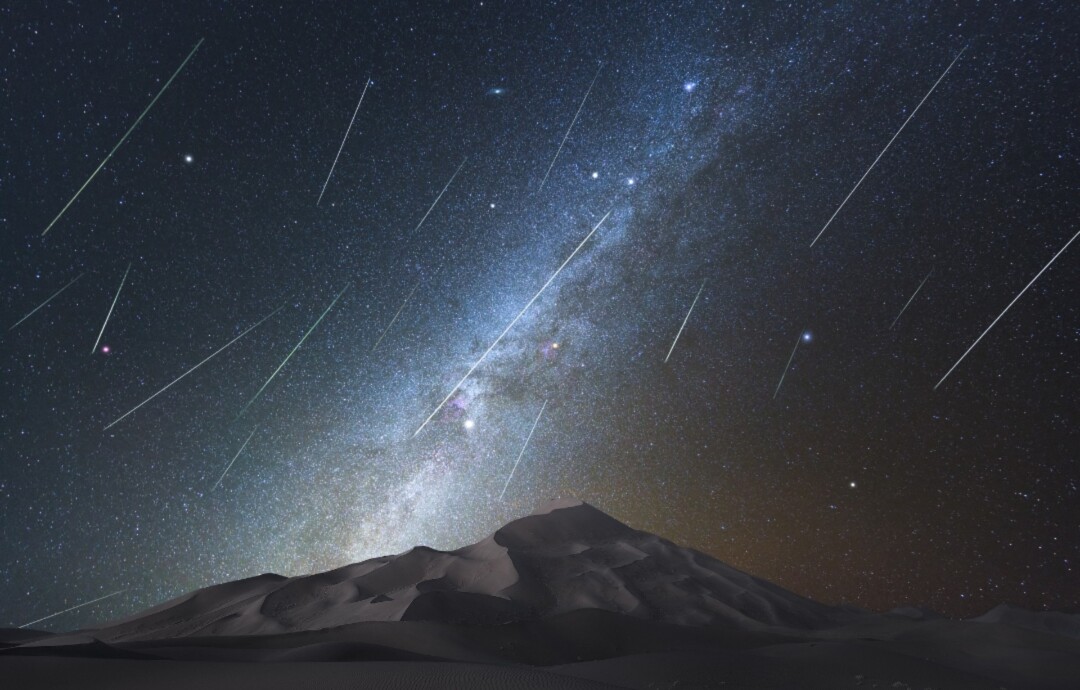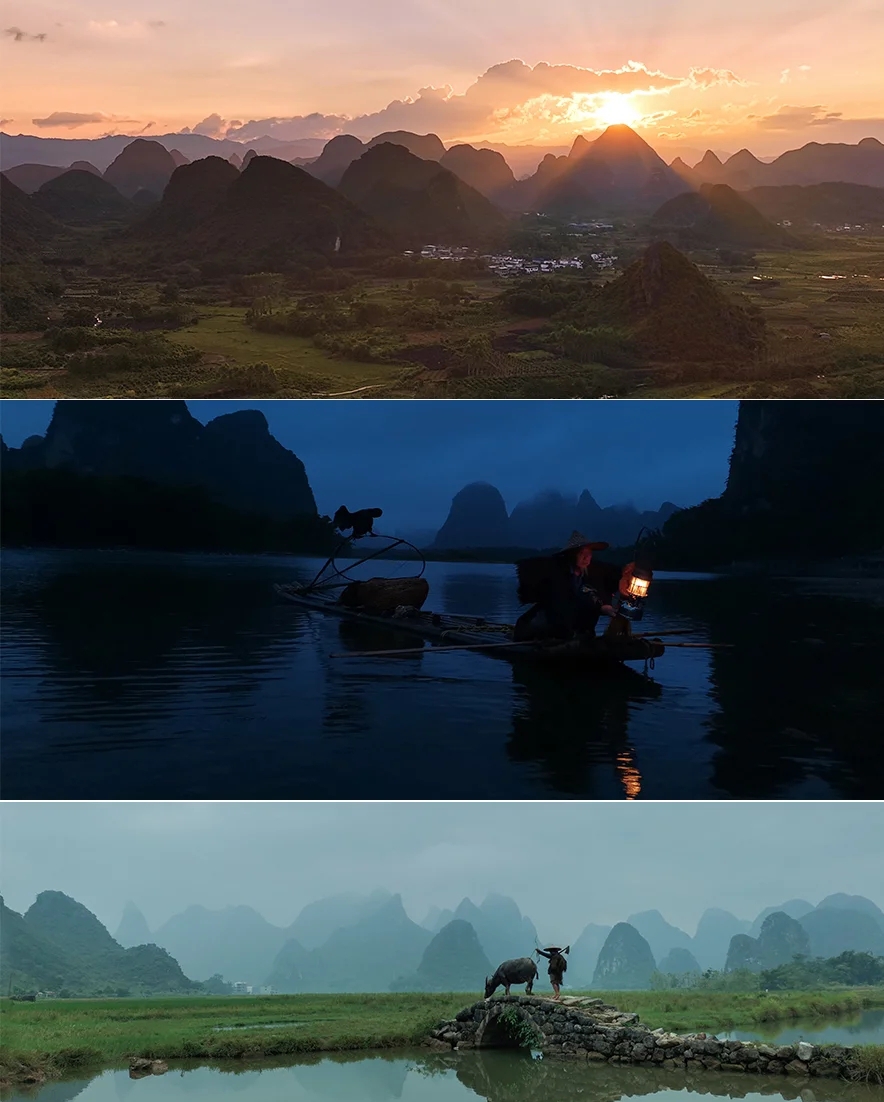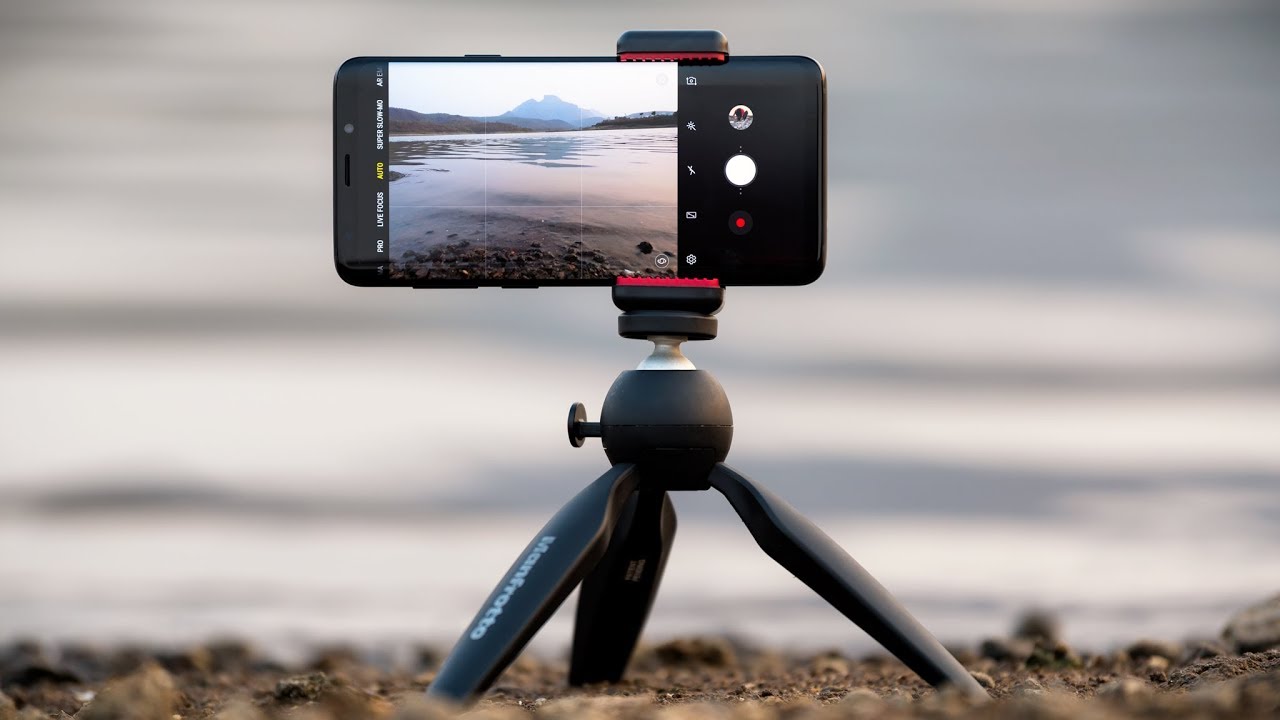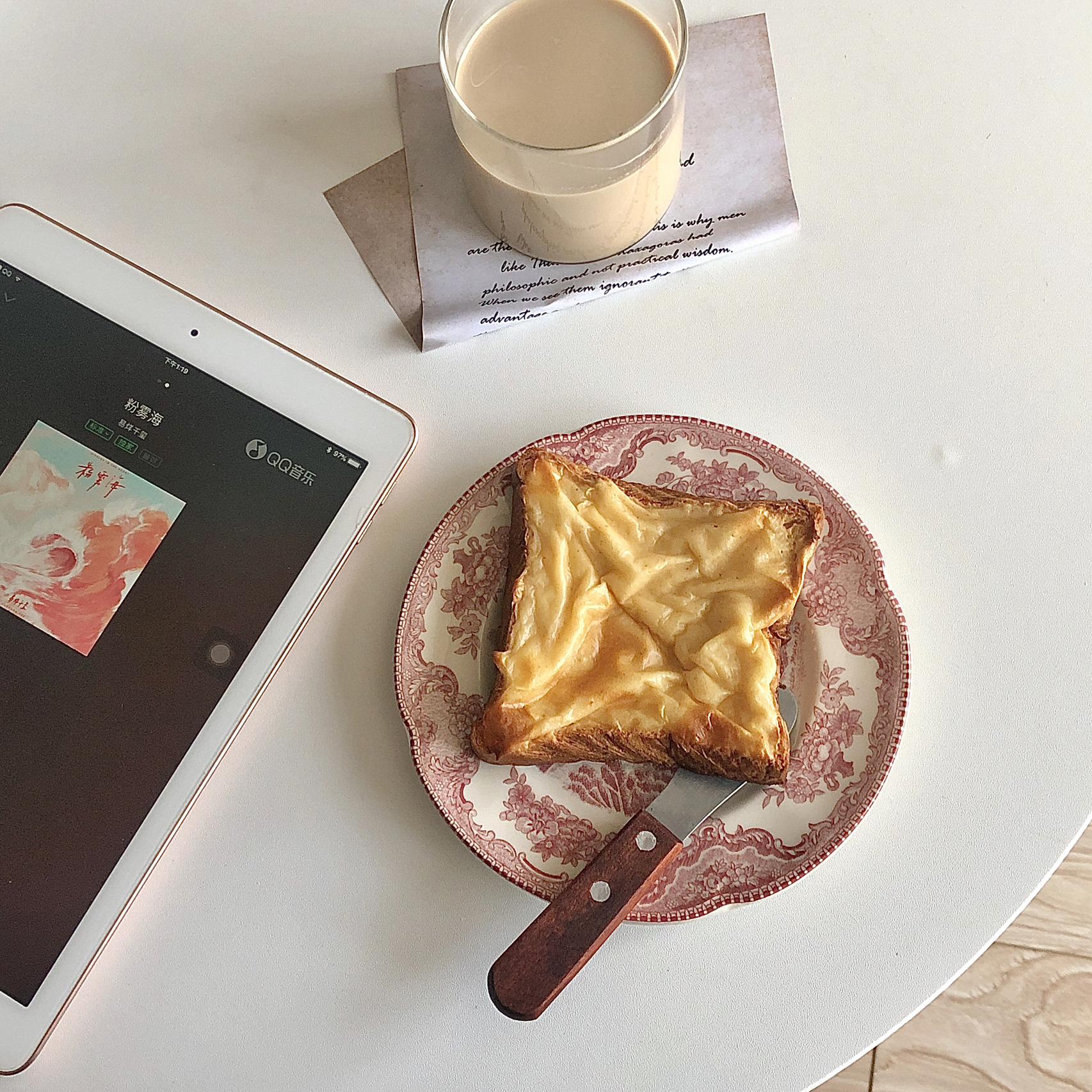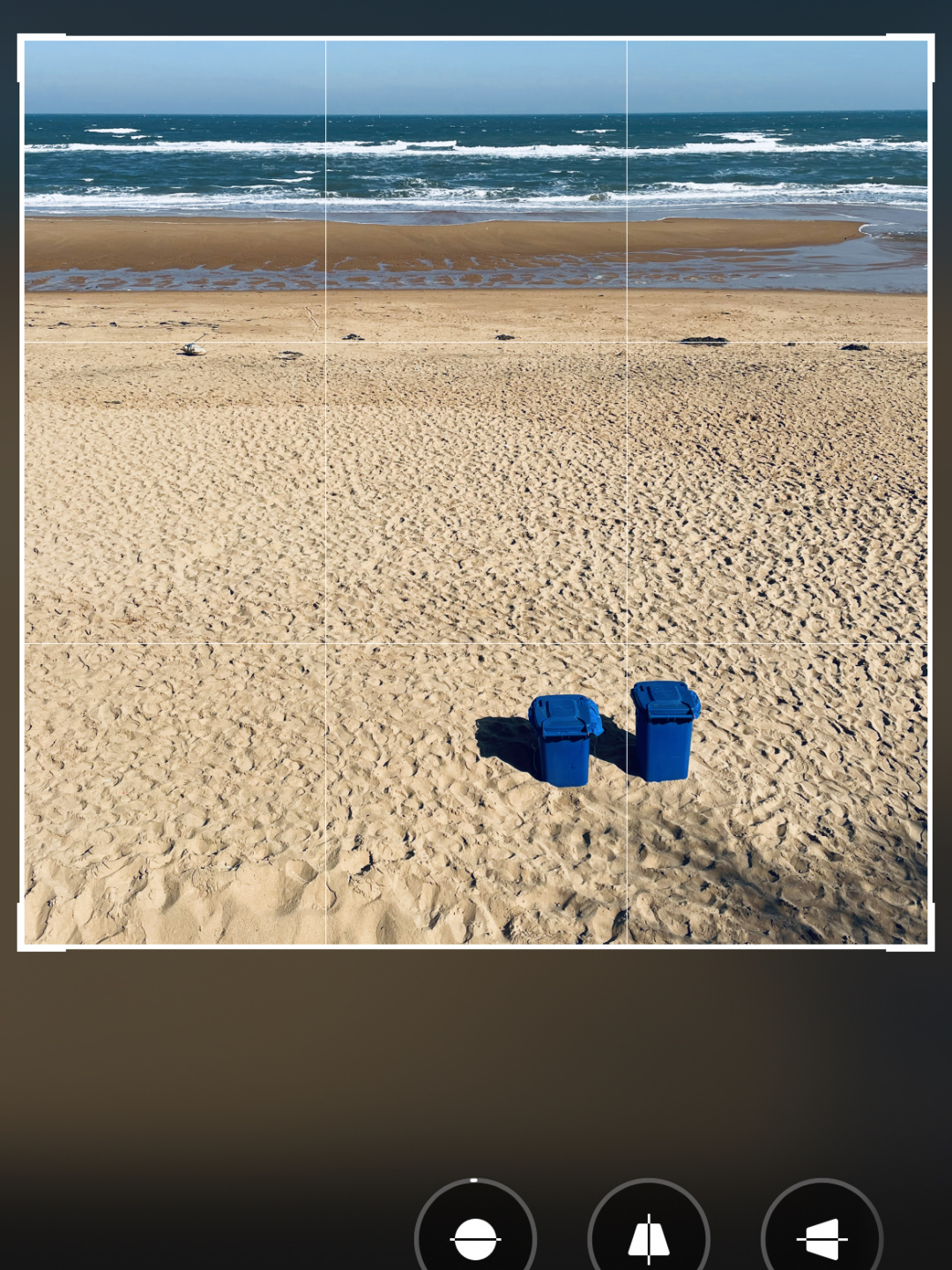Common starry sky photography categories:
1. More conventional starfield photography such as the Milky Way, Star Trails, etc.
2. Deep-space photography, such as shooting Jupiter, Saturn, and various extragalactic nebulae and galaxy clusters
1. Galaxy photography tutorial:
Environment: a good environment without light pollution
Equipment: Ultra-wide-angle lens with aperture greater than or equal to 2.8, full-frame camera, or lens with aperture greater than 4, half-frame camera.
A stable tripod.
Shooting parameters:
Exposure time: less than 500/lens focal length, otherwise the stars will be tailed due to the rotation of the earth. For example, if you use a 20mm focal length lens, the maximum exposure time should not exceed 25s
Aperture: open to maximum
Iso: general 2.8 aperture as an example, iso can be 6400 or 8000
The above parameters apply to the conditions of no light pollution environment.
Shooting time: Generally, the galactic center is above the horizon in the evening from April to October every year.
Only the tail of the Milky Way can be photographed in winter, the effect is not as good as in summer
2.Star Trail Photography Tutorial:
Principle: The star trails are used for long time exposure to make the stars produce tails to get the effect of the sky full of stars.
Environment: You can shoot in an environment with light pollution.
Equipment: Basically no requirements
Shooting parameters:
Exposure time: Normal exposure can be done according to the environment, if there is no shutter release, set 30s exposure directly.
If there is a shutter release, it can be set at about 1 minute, and remember to lower the iso while extending the exposure time
Aperture: preferably greater than 4
Iso: According to the environment, the non-light pollution environment can be the same as the Galaxy parameters. The light pollution depends on the brightness of the night. Generally 100 is enough for a full moon, and about 1000 for a half moon.
Shooting method: use interval shooting, take one shot every 1-2s, for 1-2 hours, the longer the time, the longer the star trails.


